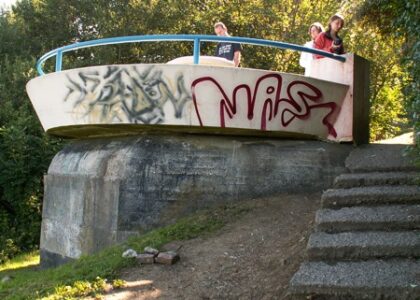Welcome to the site of the former Chatsworth Plantation, a location steeped in the complex and often painful history of the American South. Originally established in the 1830s, this plantation once spanned 2,300 acres in what is now known as Saint Gabriel, Louisiana. The land’s development was ordered by Fergus Peniston, the adopted son of Fergus Duplantier, a member of one of the wealthiest families in East Baton Rouge at the time.
The Chatsworth Plantation was completed in 1859, and under Peniston’s ownership, it operated as a sugar plantation and mill. The plantation employed the forced labor of 151 enslaved individuals, as recorded in the 1860 U.S. Federal Census Slave Schedule. Unfortunately, like many records from this era, the census did not list the names of these enslaved people. However, some were identified thanks to the U.S. Freedman’s Bureau Records (1865-1878) — names like John Day, Delphine, and Black Delilah are among those remembered.
In 1866, shortly after the Civil War, Fergus Peniston sold the plantation to François Gardère, who was then serving as the Treasurer of the State of Louisiana. The plantation continued its operation through various ownerships until the early 20th century. The main house, a symbol of the plantation’s opulent past, was demolished in 1930 to make way for a levee along the Mississippi River.
Today, what remains of the plantation is part of an archaeological project, revealing the lives of those who once lived and worked here. The LSU Rural Life Museum leads these efforts, uncovering artifacts from the plantation’s sugar mill and worker quarters. This work not only preserves the history of Louisiana’s sugar industry but also honors the memories of those who toiled in oppressive conditions.
Chatsworth Plantation is a poignant reminder of the South’s complex history, with its layered stories of prosperity, exploitation, and resilience. As you explore this site, consider the many lives that intersected here, from wealthy landowners to the enslaved individuals whose labor underpinned the plantation’s success. Their stories continue to echo through the fields and artifacts left behind.





